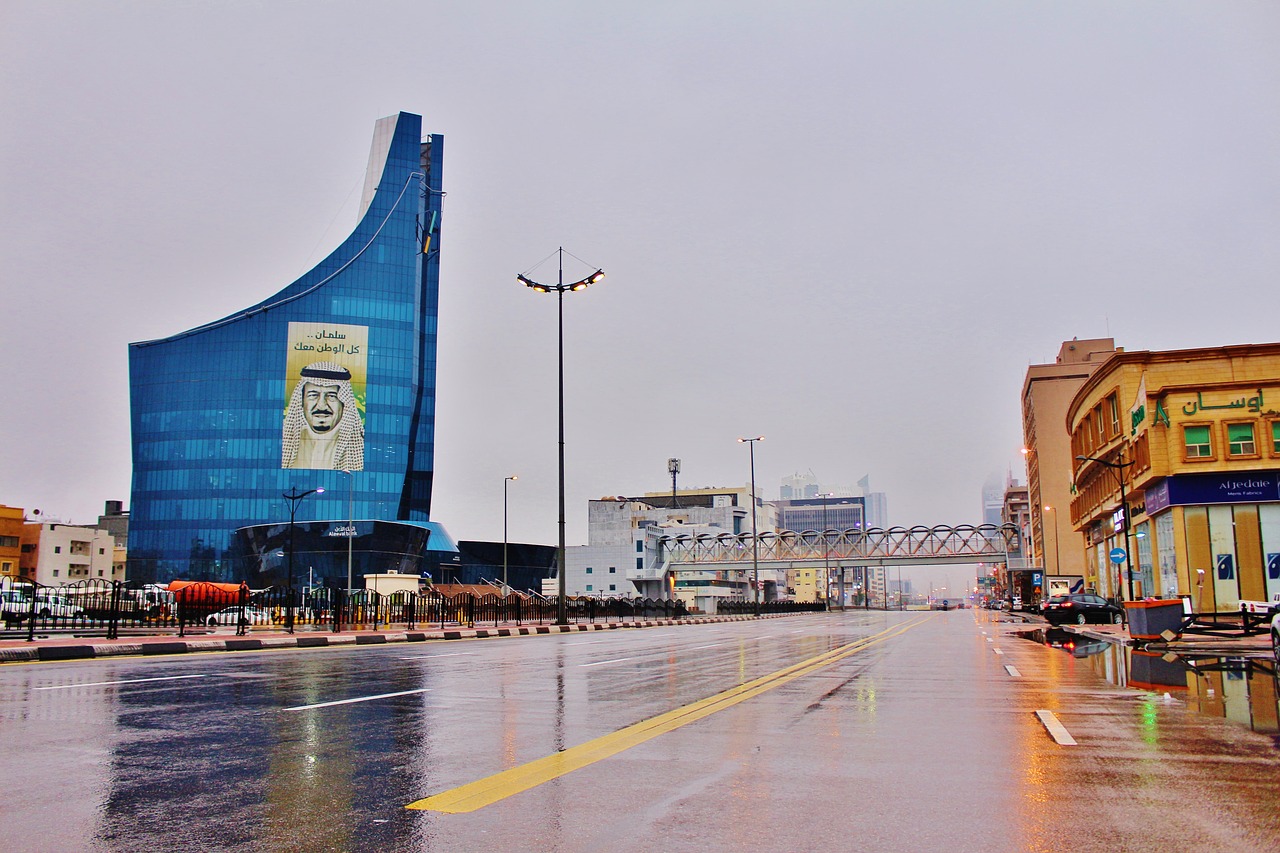With an initial public offering looming, how much could Saudi Aramco fetch? The reporting of the firm’s financial data by Bloomberg News, which Saudi Aramco categorized as “inaccurate,” isn’t that far off, says an April 17 Sanford C Bernstein report. If the reported numbers are correct, Saudi Aramco is by far the most profitable company in the world. The question for investors, however, is how much value to place on a firm surrounded by uncertainty?
Extensive Company Valuation Checklist

When Bloomberg reported that the world’s largest oil company, Aramco, earned $33.8 billion in the first half of 2017, it caught the attention of not just those in the oil industry, but investors worldwide. As a point of comparison, Apple Computer, the world’s most valuable publicly traded company, earned $28.9 billion over the same period.
Goldman: Misleading Accounting Makes Free Cash Flow Yield Irrelevan
When compared to Exxon Mobil, the world’s largest energy company by market capitalization, the internal numbers point to a juggernaut. Saudi Aramco earned $52.1 billion collected from operations, a widely watched industry metric. Juxtapose this to Exxon’s $15.2 billion from operations over the same period ($16 billion with asset sales). The numbers assume a cost of extraction at $4 per barrel, while other analysts say that number could be closer to $5.
Aramco disputed the report, saying: “This is inaccurate, Saudi Aramco does not comment on speculation regarding its financial performance and fiscal regime.” Although the company could go public in 2019, there has been no official release of financial data.
The leaked revenue numbers come as the government-owned Aramco hopes to raise $100 billion by offering 5% of the company, pegging valuation for the firm at $2 trillion. It remains unclear exactly when IPO will occur, as the Saudi government must to determine where the shares will IPO after their initial listing on the Riyadh-based Tadawul exchange.
Asset Correlations Hit 90% Thanks To Long Positioning
Bernstein analyst Neil Beveridge said Bloomberg’s reported profitability numbers “are close to what we have estimated,” with a net income forecast of $30 billion coming in $3.8 billion lower. A significant area of difference occurs in Bernstein’s cash flow from operations numbers. At $38.5 billion, the number is at first glance significantly off the reported $52.1 billion, which includes a $21.4 billion one-time payment from the Saudi government. Without that, Bernstein is forecasting higher cash flow from operations.
While Aramco hopes to come out of the IPO process with a $2 trillion valuation, Bernstein pegs fair value at to $1 – $1.5 trillion, close to other analysts.
There are several metrics driving valuation, including the tax rate that Aramco will be subject to after the IPO. Bloomberg reported that a new royalty structure implemented in 2017 cut the tax rate from 85% to 50%.
Aramco revenue is also meaningfully based on oil prices. With prices $50 per barrel, Bernstein estimates net income and cash flow of $57 billion and $74 billion respectively. If the price of oil jumps to $70, income estimates jump to $88 billion, and cash flow could hit $105 billion.
The reported financial data paints a picture of a profitable company with deep oil reserves and a low cost of production. But there are risks. Beveridge wonders about the stability of the corporate tax and royalty payments along with general instability in the Middle East? “Will fuel subsidy cuts be reversed if oil prices start to rise?” There is also the extent to which 95% government ownership will exert control. “To what extent will Aramco be run as a commercial entity versus a tool of the state?” These questions come as electric vehicles are threatening demand for gasoline and shale production in North America has the potential to expand supply, particularly if the price of oil rises. Leading up to the IPO, Bernstein expects oil prices to remain firm. It all plays into an equation that will determine the premium investors pay for a minority stake in the world’s most profitable company.

